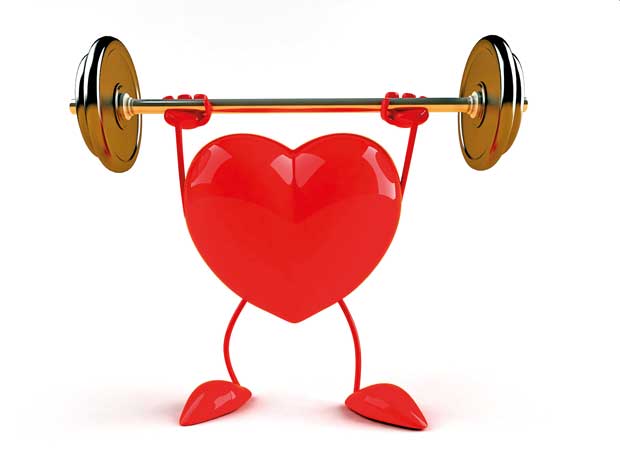Reply To:
Name - Reply Comment

People with heart disease who are sedentary most of the time may be able to improve their survival odds by getting just a little bit of exercise, a recent study suggests.
Researchers examined data from 39 countries on 15,486 older adults with heart disease who completed questionnaires about the number of hours each week they devoted to mild, moderate and vigorous physical activities. Then researchers tracked everyone to see how many died or had serious problems like a heart attack or stroke.
More than half the participants were followed for nearly 4 years.
Overall, researchers calculated that participants who doubled their weekly activity levels could lower their odds of premature death from all causes by 10 percent and cut their chances of an early death from heart problems by 8 percent.
The most pronounced gains in survival odds would occur for people who went from getting little or no exercise to getting even small amounts of mild activity like yoga, strolling or light housework, the study found.
“Our study in a large group of patients with coronary heart disease from many countries confirms the benefits from undertaking moderate and vigorous exercise,” said lead study author Dr. Ralph Stewart of Auckland City Hospital and the University of Auckland in New Zealand.
“In addition, we found that people who did a modest amount of milder intensity physical activity also had lower mortality compared to those who reported little or no exercise,” Stewart said by email. “These benefits were also seen in people with more severe heart disease.”
For cardiovascular health, the American Heart Association recommends at least 30 minutes of moderate-intensity aerobic activity five days a week, or at least 25 minutes of vigorous aerobic activity three days a week, or a combination of the two.
Moderate activity - which causes a light sweat, or only modest increases in breathing or heart rate - includes fast walking, lawn mowing or heavy cleaning. Vigorous activity includes running or race walking, lap swimming or aerobics.
At the start of the study, all of the participants had already had a heart attack or been treated for serious health problems related to heart disease. They also had at least one other risk factor for death or serious complications related to heart disease such as diabetes, high cholesterol, smoking or age at least 60.
The study didn’t find that the amount of exercise people got was linked to their odds of having a heart attack or stroke, researchers report in the Journal of the American College of Cardiology.
But it did find that the relationship between increased exercise and decreased mortality was strongest for patients at the highest risk of dying because of their risk factors for death and complications from
heart disease.
The study wasn’t a controlled experiment designed to prove whether or how exercise habits influence the odds of death for people with heart disease.
Other limitations include the reliance on participants to accurately recall and report on their exercise habits, as well as a lack of data on a variety of social, economic, cultural and societal factors that can influence physical activity levels.
However, because previous research on exercise and longevity for heart disease has often focused on supervised workout programs, the current study offers fresh evidence of the benefits of activities people do on their own, said Dr. Thijs Eijsvogels of Radboud University Medical Center in the Netherlands, author of an accompanying editorial.
“Little volumes of physical activity resulted in large decreases of mortality risks,” Eijsvogels said by email.
“This finding is important for patients as it highlights that every minute of exercise is beneficial for your health,” Eijsvogels added. “So if you cannot achieve the national exercise recommendations of 150 minutes a week, try to perform exercise at a volume that is feasible for you.”
SOURCE: bit.ly/2fzzD5X Journal of the American College of Cardiology, online September 25, 2017. (Reuters Health) -